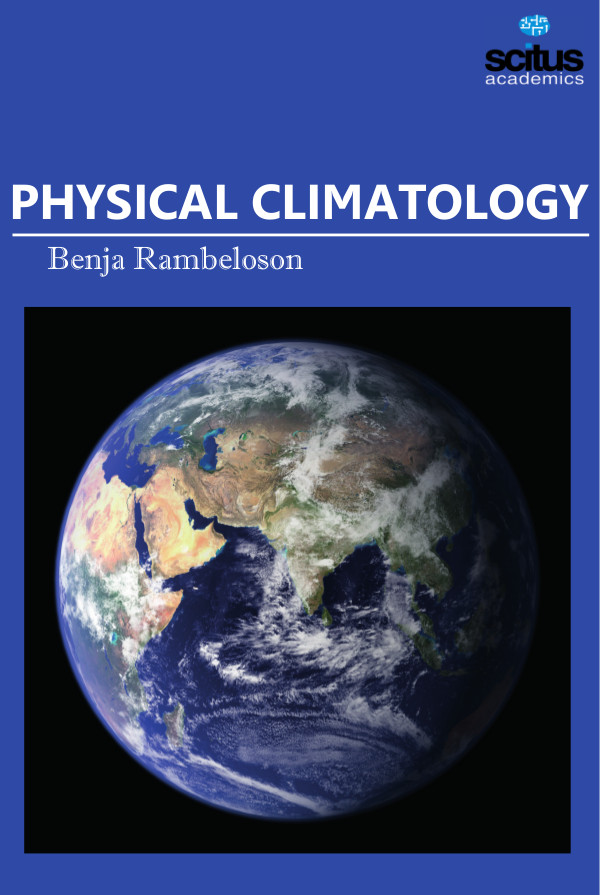The gaseous envelop surrounding the earth is called atmosphere while the science dealing with the study of the atmospheric components and characteristics is called meteorology and climatology. Climatology is the scientific study of climate and is a major branch of meteorology. Climatology is the tool that is used to develop long-range forecasts. There are three principal approaches to the study of climatology: physical, descriptive, and dynamic. The physical climatology approach seeks to explain the differences in climate in light of the physical processes influencing climate and the processes producing the various kinds of physical climates, such as marine, desert, and mountain. Physical climatology covenants with explanations of climate rather than with presentation.
Physical Climatology deals with the interpretation of factors responsible for the spatial and temporal variations of exchange of air circulations, heat and humidity. It studies various elements of weather namely insolation, temperature, precipitation, fogs, visibility etc. Different elements are formed due to combinations of these weather elements. The occurrences of different combinations of these weather elements are accomplished through different processes and mechanisms. Thus, these processes of exchange of heat, humidity, and momentum between atmosphere and earth’s surface are also studied thoroughly. It is thus, evident that physical climatology studies the factors and processes of regional variations of climatic conditions.













